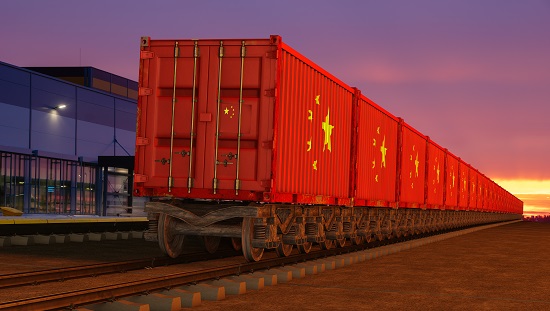
After weeks of deliberations, US President Joe Biden is coming close to cutting tariffs on Chinese imports to help ease inflation.
An announcement could come as early as this week, with cuts being planned to the $370bn of tariffs placed on Chinese goods by Biden’s predecessor Donald Trump.
A White House spokeswoman told Bloomberg that no decision on tariffs has been made yet, but the administration wants to ensure that any such move aligns with the administration’s “economic and strategic” priorities and does not unnecessarily raise costs for Americans.
Statutory review
The White House is reviewing tariffs that are due to expire on the four-year anniversary of each tariff if no requests are made to keep them: most expire in July or early August 2022.
The US Trade Representative’s (USTR) office has had more than 400 such requests, including a submission from a committee of 24 unions, reports Reuters.
Split on tariff cuts
With US inflation at 8.6%, the tariffs issue is splitting the Biden cabinet, reports the FT.
Treasury secretary Janet Yellen, argues that removing tariffs would help reduce inflation, while US trade representative Katherine Tai feels that cutting tariffs would reduce US leverage in future trade negotiations with China.
Following his predecessor’s imposition of tariffs on China, Biden himself wants to avoid being seen as “weak on China.”
Household savings
Advocates of cutting tariffs cite a Peterson Institute for International Economics study that claims households would save $797.
Others have said the deflationary impact would be small and consumers, concerned about record-high gas prices, would barely notice a difference in the price of imported goods.
Three-point plan
Politico reports that the administration’s plan are likely to involve three parts:
- A narrow set of tariffs – possibly worth around $10bn – will be lifted on consumer goods such as bicycles.
- The USTR would also open a new exclusion process to allow more companies to win exemptions from the tariffs on China
- A new tariff investigation will target sectors of the Chinese economy that are heavily subsidised, such as high-tech sectors like semiconductors and batteries
A new probe would take up to a year and could lead to a new round of tariffs, but the resulting duties could be more strategically focused than those imposed by the Trump administration.
Economic headwinds
CNN reports that the deliberations come as both sides seek to ease their national economic situations.
While the US is eager to sooth inflation to aid consumers, China’s economy has been battered by the its zero-Covid policy.
Analysts worry that the Chinese economy could contract in the second quarter, putting the government’s annual growth target of 5.5% for 2022 out of reach.



